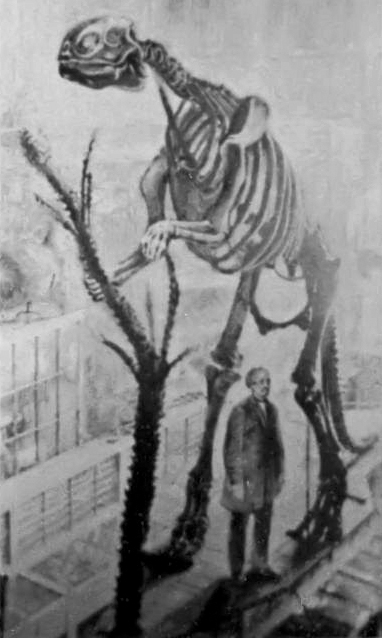Jurassic Park: The Lost World had huge shoes to fill. It was the sequel to the then highest grossing film of all time. That the first movie left the ending of the original film with so many questions (What happened to the dinosaurs that remained on the island? Did word ever leak about this dangerous project? Will Dr. Malcolm call me at home to discuss Chaos Theory more in depth??) seems to be based on the confidence that the movie would be a smash and that a sequel would be, too.
In this sequel, Sarah Harding (Julianne Moore) once again brings to light what science could gain if a real Jurassic Park were ever to be created. She revives some of that original awe from the original film – the dream that bringing dinosaurs to life again would solve all of our burning questions about how they lived, behaved and formed relationships. But, altogether, its a different film.
 The darker Jurassic Park sequel, with the equivalent almost-undetectable character development as its predecessor, has something the original does not: Awareness. The Lost World contains a humble acknowledgement of its past; as much as it boasts its uniqueness, it understands its roots. Even the title of JP2* takes us tripping into its origin story, Sir Arthur Conan Dole’s The Lost World, one of the earliest modern tales in this genre: Dinosaurs in a Remote Land Sought Out by Men With Various Motives for Adventuring There. (As a loyal reader of Picture The Dinosaur, you have already heard of The Lost World!)
The darker Jurassic Park sequel, with the equivalent almost-undetectable character development as its predecessor, has something the original does not: Awareness. The Lost World contains a humble acknowledgement of its past; as much as it boasts its uniqueness, it understands its roots. Even the title of JP2* takes us tripping into its origin story, Sir Arthur Conan Dole’s The Lost World, one of the earliest modern tales in this genre: Dinosaurs in a Remote Land Sought Out by Men With Various Motives for Adventuring There. (As a loyal reader of Picture The Dinosaur, you have already heard of The Lost World!)
JP2 also recognizes its crossover into the Monster Movie genre, even beyond the Act III similarities to the Brontosaurus loose in London of the 1925 film The Lost World. What else is brought to mind when we think about a gigantic terror from a far off island captured and brought to a big city for display and entertainment that escapes and destroys countless innocent citizens? This frequently reused scene from King Kong (any of them) can be called replication or thieving of Crichton, Koepp, and Spielberg – but it can also be considered homage, and perhaps even a deeper commentary on Ian Malcolm’s wise and memorable words from Jurassic Park 2: The Lost World: “You aren’t making the same mistakes as last time, you are making all new ones.”
For more reading on the film:
*This is only a semi-intentional reference to Pope John Paul II

